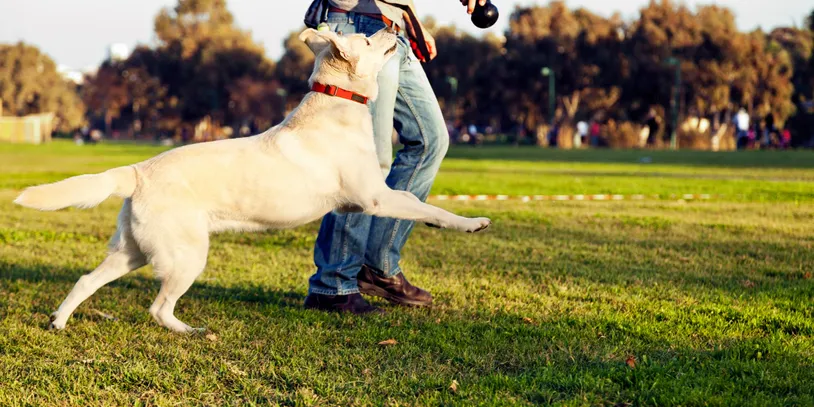Introduction
Dog training is a journey that pets and their owners embark on together. It is about teaching your dog basic commands or tricks and fostering a deep, mutual understanding and a robust and lasting bond. This process has evolved significantly, adopting more humane and effective methods to help dogs learn in a supportive and positive environment.
The Evolution of Dog Training Techniques
From Dominance to Positive Reinforcement
Traditionally, dog training was heavily influenced by the theory of dominance, which suggested that dogs needed to be shown who the “alpha” in the household was. Training methods often involved physical corrections and punishment that could sometimes lead to fear and anxiety in dogs. Over time, however, this approach has been largely discredited.
Today, the focus has shifted towards positive reinforcement. This technique involves rewarding the behaviour we want to see more often rather than punishing the behaviour we disapprove of. This method builds a happier and healthier relationship between dogs and their owners and promotes a fun learning environment where dogs are eager to participate.
Understanding Canine Psychology
Understanding dogs’ psychological needs has revolutionised training methods. Modern trainers emphasise the importance of understanding what makes each dog unique. Breed characteristics, temperament, and past experiences are crucial in shaping a dog’s behaviour. By addressing these psychological aspects, trainers can create personalised training strategies that cater to each dog’s specific needs, making training more effective and enjoyable for both dogs and their owners. Additionally, recognising dogs’ emotional cues and stress signals helps adjust training methods to prevent anxiety and enhance learning. This holistic approach improves the overall training outcome and strengthens the emotional bond between the dog and its owner, fostering a more harmonious and responsive relationship.
The Role of Professional Dog Trainers
Choosing the Right Trainer
When choosing a professional dog trainer, selecting someone who uses humane, science-based training methods is essential. This ensures your dog is treated with respect and kindness throughout training. Observing a class or asking for references can also provide insights into a trainer’s methodology and interaction with dogs.For those looking for comprehensive options, training boarding for dogs is available at facilities like The Collar Club Academy, which offers structured programs combining training and boarding services to enhance your dog’s learning experience.
Dog Training in Gold Coast QLD
In regions like the Gold Coast in Queensland, dog training professionals specialising in dog training in Gold Coast QLD are increasingly adopting these modern, positive techniques. The mild climate and outdoor-friendly lifestyle make the region ideal for engaging, hands-on training sessions in various environments, from beaches to parks. This keeps the training sessions dynamic and exciting for the dogs and provides them with valuable socialisation opportunities.
Training at Home: Tips for Dog Owners
Establishing Daily Routines
One key aspect of successful dog training is consistency. Establishing a daily routine helps reinforce the behaviours learned during training sessions. This routine should include regular times for meals, walks, play, and training exercises. Consistency helps your dog understand what is expected and when leading to faster and more effective learning.
The Importance of Patience and Persistence
Patience is the most critical virtue in dog training. Progress can be slow and non-linear, with plenty of setbacks. Dogs, like humans, have good days and bad days. Being patient and persistent, celebrating small wins, and staying positive can significantly affect how quickly and effectively a dog learns.
Integrating Fun and Play
Training should be fun for both the dog and the owner. Integrating play into training sessions can help keep your dog motivated and eager to learn. Toys, treats, and even games can be used as rewards for good behaviour. This makes the learning process enjoyable and reinforces the bond between you and your dog.
Conclusion
The journey of dog training is one of mutual growth and understanding. It’s about more than just obedience; it’s about developing a deeper bond with your canine companion. As we delve deeper into the nuances of canine behaviour, we realise that practical training enhances communication, nurtures respect, and fosters a sense of security between you and your pet. With the evolution of training techniques, the emphasis on positive reinforcement, and the availability of professional guidance, training your dog has become more accessible and enjoyable. By embracing modern methods, maintaining patience, and celebrating each milestone, no matter how small, you and your dog can achieve remarkable progress together. This journey transforms your dog and often changes us as owners, teaching us patience, empathy, and the joys of responsible pet ownership.
